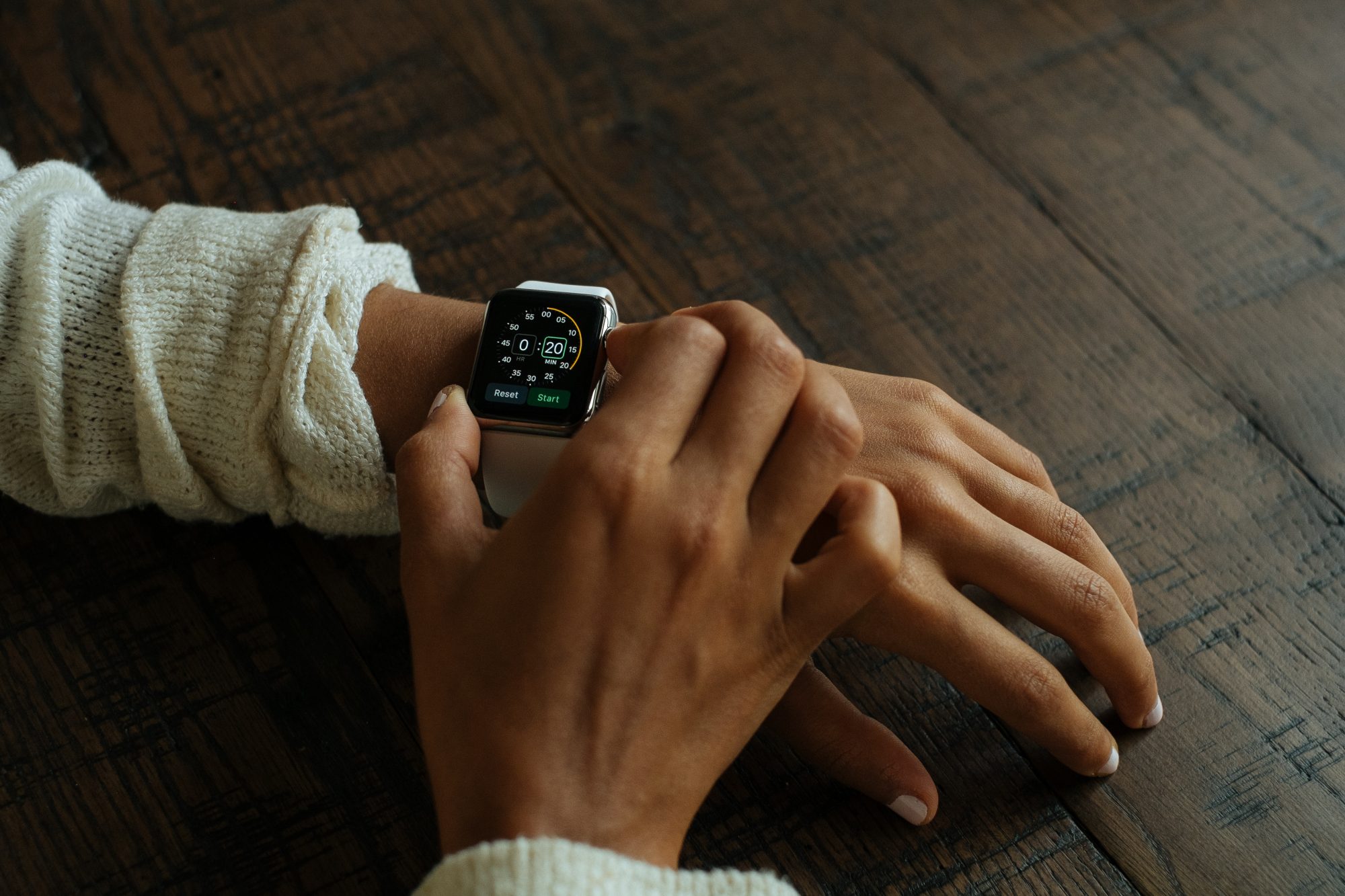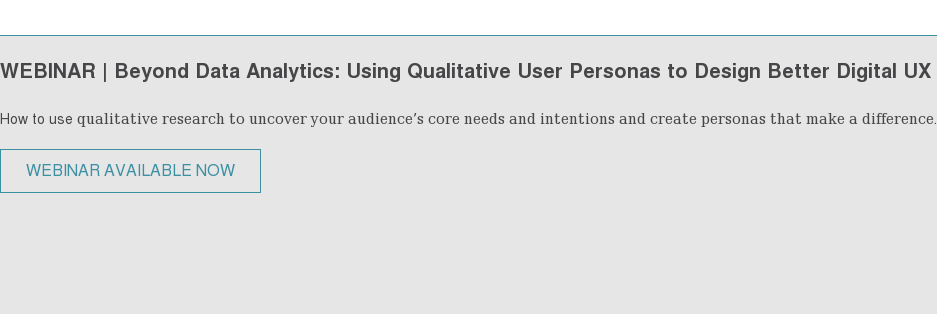
- 2 Min Read / Blog / 3.2.2020

When Apple Watch was first released everyone with an iOS app thought it was a platform they needed to adopt. As they embarked on this new platform, Apple kept guidelines vague and pushed for any and all usage in order to foster its growth. Over the years since the release of the Apple Watch and its operating system, known as watchOS, Apple itself has, through a combination of its own vision and third-party feedback, begun to carve a more defined path for watchOS. It centers around three distinct functions: a highly customizable timepiece, a tool for better health, and a place for concise interactions with a user’s personalized data. This level of platform maturity, along with strong sales numbers recently reported by Apple, should make watchOS an attractive proposition in 2017.
When the Apple Watch launched in 2015, there was a rush by many app developers to add watchOS functionality to their existing iPhone/iPad applications. At this point the best-practices around watchOS apps were not yet defined, so this enthusiasm often overshadowed a lack of direction around the user experience of these apps, as well as how and if the app even makes sense for a wearable platform. This, combined with the hardware and operating system limitations imposed by Apple, led to a generally subpar experience for many apps.
In 2015, the enthusiasm for Apple Watch often overshadowed the lack of direction for the user experience of watchOS apps.
At this point, for third-party watchOS apps the code was actually running on the user’s iPhone, and then the UI was proxied to the watch display. While a clever solution to make up for hardware limitations on the Apple Watch, in practice this often led to long load times and inconsistent, unreliable user experiences. This changed with the release of watchOS 2, which allowed the code for third-party apps to run on the watch itself, and generally improved the experience.
In addition to improvements to the software and hardware, as time has passed there has also been more definition around what makes a good watch app. This has come from continued direction from Apple, but also feedback and analytics from users. As users of Apple Watch have integrated the devices into their daily lives, they have made clear decisions about which apps they like, which they don’t, and going forward, what makes a successful and useful watch experience.
As the platform has matured, three main categories of apps for the watch have taken shape: as a highly customizable timepiece, a tool for greater health, and a resource for quick and concise interactions with a user’s data. The watch’s primary role was always as a timepiece, but it’s become more customizable and personable as time has passed. There are now not only many different analog and digital watch faces to choose from, but the components of those faces can be customized to a user’s liking. This customization can go even further with the recent addition of “complications”. These are the small widgets or bits of data that a user can add to their watch’s home screen. You could always do this from a selection of Apple’s apps, but now third-party developers can make complications available from their apps as well.
As the platform has matured, three main categories of apps for the watch have taken shape: as a highly customizable timepiece, a tool for greater health, and a resource for quick and concise interactions with a user’s data.
Apple has also pushed the watch forward as a tool for greater health. They’ve offered more options for tracking workouts as well as provided other functionality to compete with the numerous other fitness and activity trackers available from other companies. The user interface menus and options have been streamlined for easier use during workouts. Developers now have greater access to the watch’s sensor data (motion, accelerometer, heart rate, etc.) to build a richer experience for their users and give them more insight into their workout or just their general health.
Perhaps the most important shift in the Apple Watch platform is the maturation of the user interface towards quick, concise interactions. Unlike the iPhone, which is excellent for longer, more involved usage, the watch has proved itself to be much more conducive to short interactions. Whether they be notifications, accessing audio playback controls, checking your pace on a run, or keeping up on the latest headlines, these types of interactions are ideal on an Apple Watch. Now with watchOS 3, Apple has tailored the UI to be more friendly to these types of quick actions. Immediately needed data is now more easily accessible, either through complications on the watch face itself or through the new Dock which contains favorite apps as well as the most recently used. Overall, the experience is less focused on deep, rich app experiences and more on brevity and keeping things concise.
While there are plenty of technical and user experience reasons that Apple Watch development makes sense in 2017, while weighing up the benefits for creating a watch experience for your customers, it’s worth noting that according to Apple’s reported sales numbers user adoption of the watch is still strong. During the company’s quarterly financial and earnings call Apple CEO Tim Cook stated that Apple Watch sales were extremely strong during their 2017 fiscal first quarter, which encompassed the final few months of 2016. They even managed to set an all-time revenue record for the Apple Watch, among other products, during this period.
When the Apple Watch was first released, there was a buzz of excitement and attention around this new product, as there is with any new platform a company like Apple releases. As the last couple years have passed, some of that buzz has faded. When considering whether or not an Apple Watch app is right for your customers, however, there are many reasons why it makes sense. The platform has matured and it’s clear that if your app has a use that fits within the three foundational paradigms that have emerged, it could make excellent sense to expand your app to include watchOS functionality.
